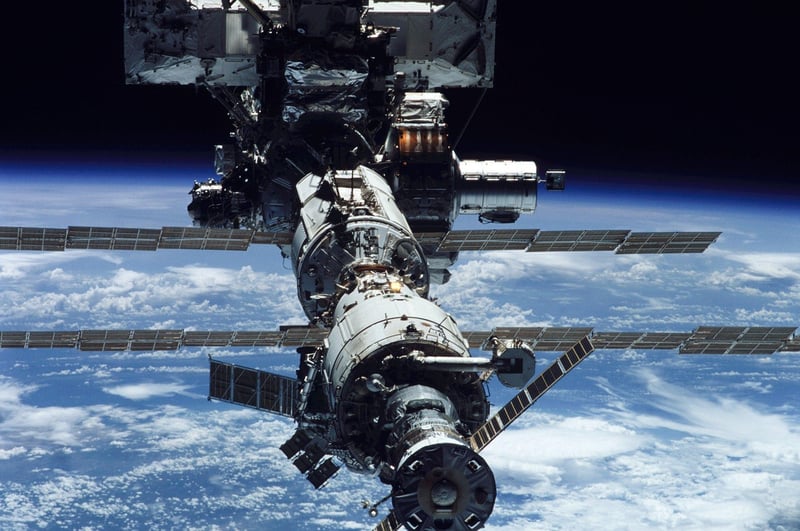Extreme Environments
The Fascinating Study of Life in Space and Extreme Environments
Exploring the mysteries of space and extreme environments has always been a subject of immense fascination for scientists and enthusiasts alike. The study of life in these unique settings offers profound insights into the resilience and adaptability of living organisms in the face of extreme challenges.
Life in Space
Space, with its vastness and harsh conditions, presents a challenging environment for life to thrive. Despite the challenges, scientists have discovered microbial life forms that can survive and even thrive in space. These findings have significant implications for the search for extraterrestrial life and our understanding of the origins of life.
Key Research Areas:
- Microgravity Studies: Research on the effects of microgravity on living organisms provides valuable insights into how life adapts to space conditions.
- Space Habitats: Developing sustainable habitats in space is crucial for long-term space exploration missions, and studying life in these habitats is essential for their success.
- Extremophiles: Understanding extremophiles, organisms that thrive in extreme conditions on Earth, can help identify potential life forms in space.

Extreme Environments on Earth
Earth itself hosts a wide range of extreme environments where life exists against all odds. From the depths of the ocean to scorching deserts, life has demonstrated remarkable adaptability to survive in these harsh conditions.
Notable Extreme Environments:
- Deep-Sea Vents: Hydrothermal vents on the ocean floor support unique ecosystems that thrive in extreme pressure and high temperatures.
- Desert Environments: Organisms in deserts have evolved diverse strategies to conserve water and withstand extreme heat.
- Polar Regions: Life in the Arctic and Antarctic regions showcases how organisms adapt to freezing temperatures and long periods of darkness.

The Intersection of Space and Extreme Environments
Studying life in extreme environments on Earth provides valuable insights for space exploration. The resilience of organisms in extreme conditions offers lessons for designing technologies and habitats that can support life in space missions to distant planets and beyond.
By exploring the frontiers of space and delving into the depths of extreme environments on Earth, scientists are unraveling the mysteries of life's adaptability and expanding our understanding of the vast universe we inhabit.
